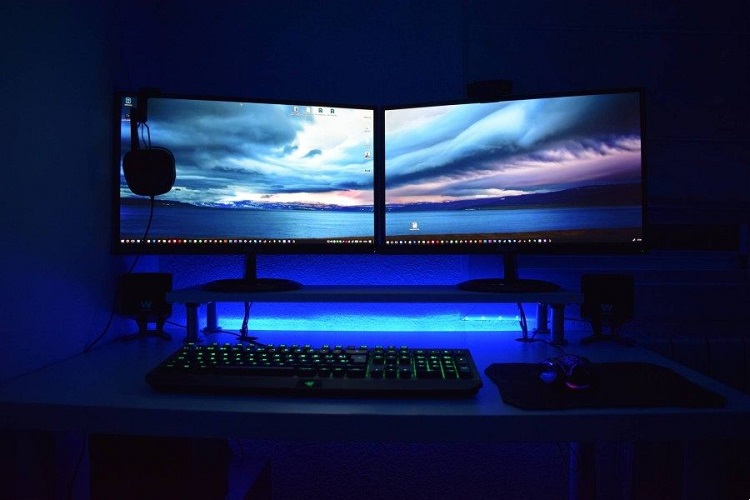DLL files are mandatory for a good Windows functionality. DLL stands for Dynamic Link Library and the format brings in a series of procedures and codes that Windows needs to execute commands. They are also used by a plethora of programs, not to mention sharing resources and information – practically, more applications can use the contents of a file simultaneously.
Common problems with DLL files
DLL files come with a bunch of problems every now and then. For example, a program will create a dependency when it uses a DLL file. Another program will use the same file and might delete it or change its content, affecting the dependency associated with the first program. At this point, the first program will no longer work. For example, one of the most common errors is the Api-
Such problems occur when:
- A DLL file is upgraded by another program
- A DLL file is deleted
- A DLL file is modified to fix a problem
- A DLL file is overwritten by an earlier version
The most common issue? A missing DLL file, whether it is deleted by another program or yourself. Now, what can you do if such situations occur?
Avoid downloading random DLL files
You could simply google a DLL file. It might be tempting to just find and download the missing DLL file from the Internet – bad idea. It may not match the operating system version you have, leading to more problems. Plus, it could be infected with malware, causing your whole system to malfunction.
Restart the computer
It may sound a bit dumb – but after all, this is the most common solution or loads of problems. The same rule applies when you get a missing DLL error. Sometimes, the error may be related to cache issues, meaning a quick restart will fix the trouble.
Some DLL files may prevent restarting the computer – a forced restart might work in this case.
Check for malware
Many times, malware might lead to such issues. It could go undetected if no major issues arise. Some malware software’s come up with extra DLL files that might affect the existing ones. To get rid of this possibility, simply scan your computer with a good antivirus and get rid of problematic programs. Once you are done, restart it and try the affected program again.
Reinstall the program
Many times, reinstalling the program you cannot run will do the trick. If you still have the kit or the CD, simply reinstall it. You should be able to keep your saved files (in case it is a game), but you might need to go through all the settings again.
Reinstalling the program will fix the issue, especially if it is triggered by a DLL conflict with other software’s.
Retrieve the deleted file
What if you have accidentally deleted the DLL file yourself? Go through the recycle bin and restore it. This is less likely to happen, especially if you have not been around Windows folders.
Whether you have permanently deleted it by mistake or some malware application deleted the file, there is nothing to be concerned about. Even if it is not in the recycle bin, there are a few other ways to get it back, such as file recovery software.
Not all DLL programs are worth it – some of them work in malicious ways that may retrieve a particular DLL file by affecting others. Some others benefit from a better reputation. For instance, you could go to DLLInstaller.com and retrieve DLL files in their original state.
Bottom line, no matter what the issue is, there are ways to get over a missing DLL file, as well as solutions to prevent this problem from happening again.
 HammBurg Be informed with latest news, reviews, entertainment, lifestyle tips, and much more.
HammBurg Be informed with latest news, reviews, entertainment, lifestyle tips, and much more.




